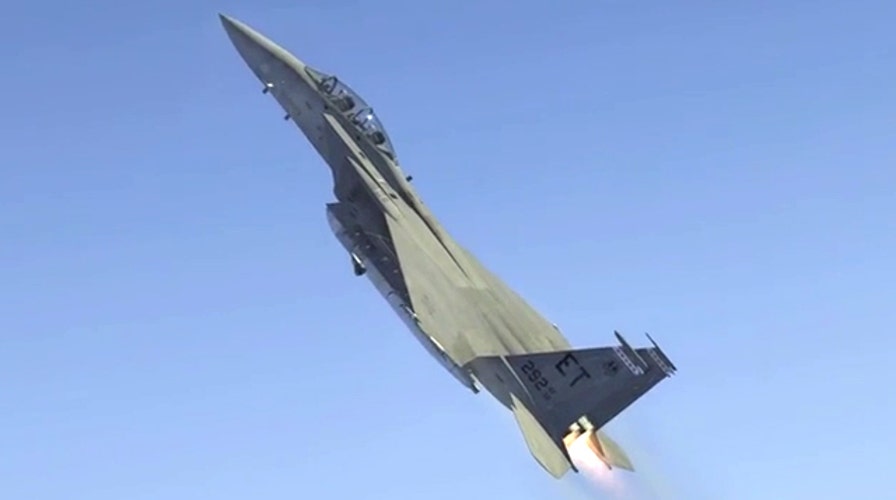Watch how DARPA plans to launch satellites into space
Artist concept video shows plan to use jets to deliver satellites into orbit
The Defense Advanced Research Projects Agency (DARPA) has been making strides in being able to deliver small satellites into orbit faster and cheaper. On Feb. 5, DARPA gave updates on the Airborne Launch Assist Space Access (ALASA) program at the 18th Annual Federal Aviation Administration’s Commercial Space Transportation Conference. So far, DARPA successfully completed the first phase of the program by drafting a design, and also announced that the Boeing Company was chosen to realize the second phase, which involves conducting 12 orbital prototype test launches, according to a press release.
The main objective of the ALASA program is to propel 100-pound satellites into a low Earth orbit within 24 hours of the initial call-up, Bradford Tousley, director of DARPA’s Tactical Technology Office said in the release. Each launch would cost less than one million dollars.
“We’re moving ahead with rigorous testing of new technologies that we hope one day could enable revolutionary satellite launch systems that could provide more affordable, routine and reliable access to space,” Tousley said.
The plan for the ALASA program is for these low-cost launch vehicles to be released into space from a conventional aircraft.
One of the main aims of the program is for it to streamline the design and manufacturing process while “leveraging the flexibility and re-usability of an air-launched system,” said Mitchell Burnside Clapp, the DARPA program manager for ALASA.
As with many large-scale projects, keeping costs down is a challenge. In order to do this, ALASA aims to use a high-energy monopropellant, which combines fuel and oxidizer into a single liquid. Using this monopropellant gives way to simpler vehicle designs as well as lower operation and manufacturing costs. Using two separate liquids like liquid hydrogen and liquid oxygen would raise costs. The program would also reduce infrastructure costs by utilizing runways as opposed to fixed vertical launch sites.
“Small satellites in the ALASA payload class represent the fastest-growing segment of the space launch market,” Burnside Clapp said. “DARPA expects this growth trend to continue as small satellites become increasingly more capable.”

